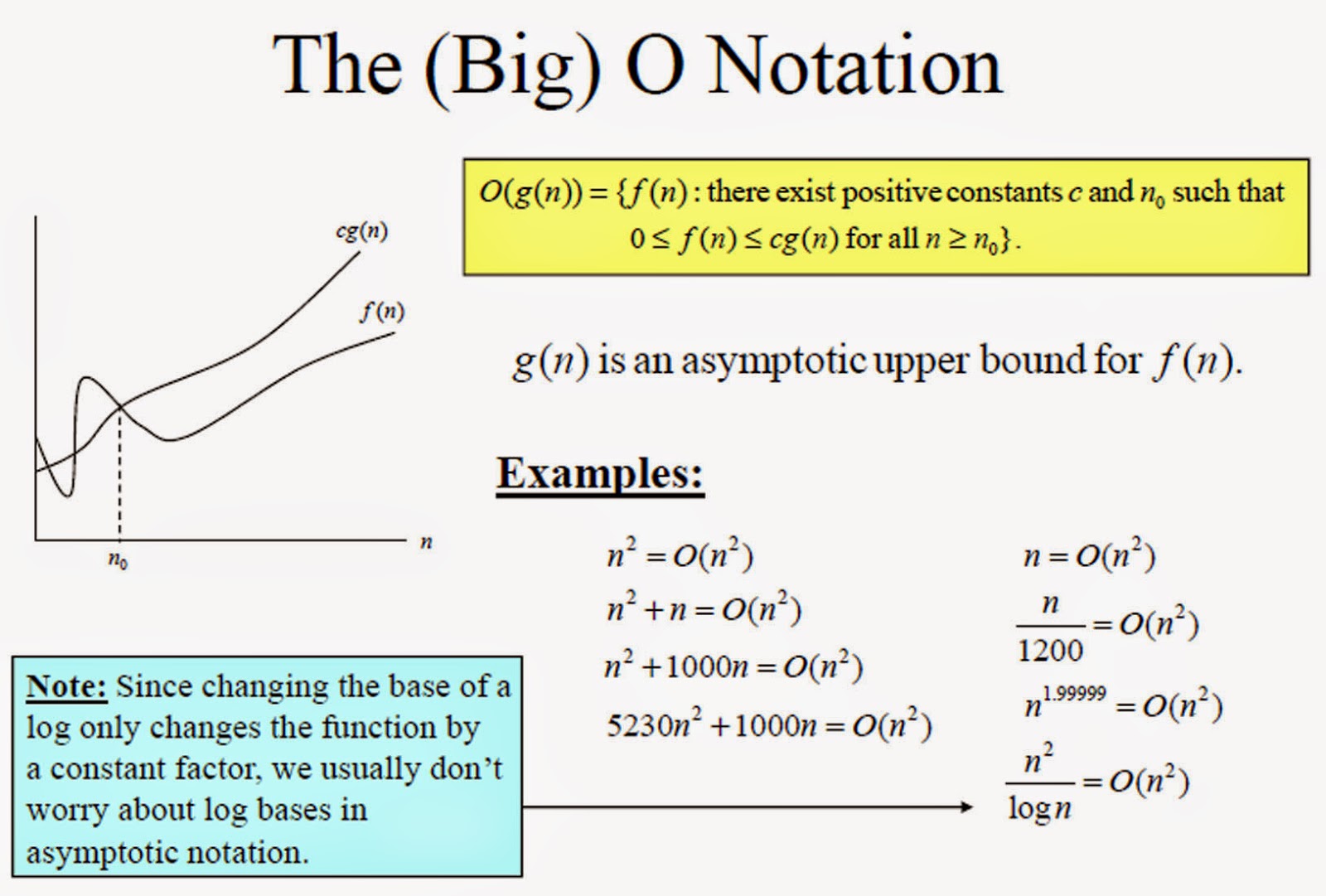Last impressions - Journey Ends!!!
My journey through CSC148 was full of ups and downs. I learned a lot of new stuff in this course. Some topics were easy and some were hard. I did well in the assignments but not the midterms due to some careless mistakes. I found A3 useful for practicing recursive functions and I think I did pretty well on it. I look forward to give my best in the final so that I can come up with a good overall grade. The most interesting topic for me in this course was recursion and trees as it was the base for many other topics. Out of all the assignments, I found A2 particularly Minimax hard . I would like to invest more time on it so that I get it clear before the final exam. I would also use the classes created in A1 and A2 and add more games to it. To prepare for the finals I would write as many as possible recursive functions. I will do every possible thing so that I do well on the final exam. I would try to go to all the extra office hours and review session. I liked the way the course ended with talking about sorting efficiency similar to CSC165 and CSC108 as efficiencies are of great importance to programmers. There are several sorting techniques such as bubble sort, merge sort, selection sort, quick sort, heap sort and each has different efficiencies. The efficiencies come into play as the input size increases. The following table shows the worst case, average case and best case of these sorts.
We specifically talked about Big - Oh efficiency in this course. Big - Oh efficiency gives us the worst, best and average-case in terms of input size of n.
The above pictures shows Big- Oh notation and its graph.
So I would like to wrap up my very last slog to be marked though I would continue writing about my programming journey. I would like to thank my professors, TA's and friends who all supported me a lot throughout the course. I would also like to mention a few slogs which I followed and read throughout my entire journey of CSC148 and which were very helpful to me.







